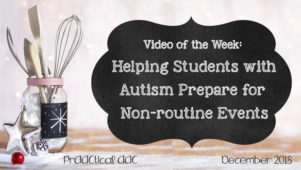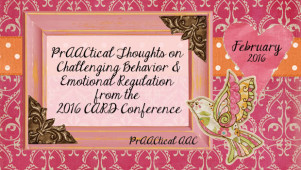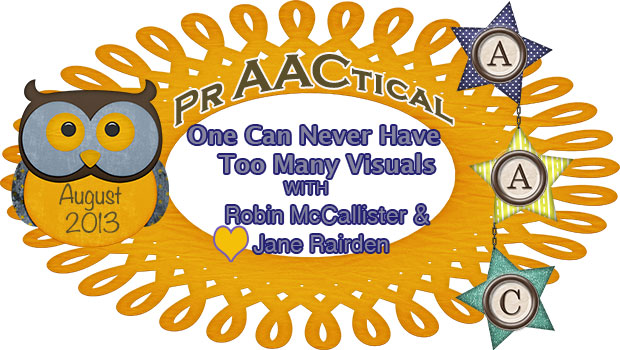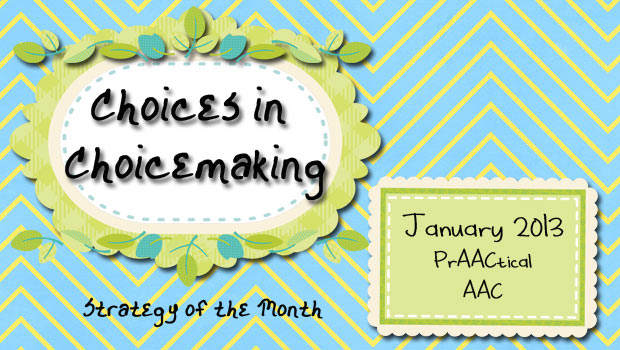Throwback Thursday: An AAC ‘Funny Area’ Solution
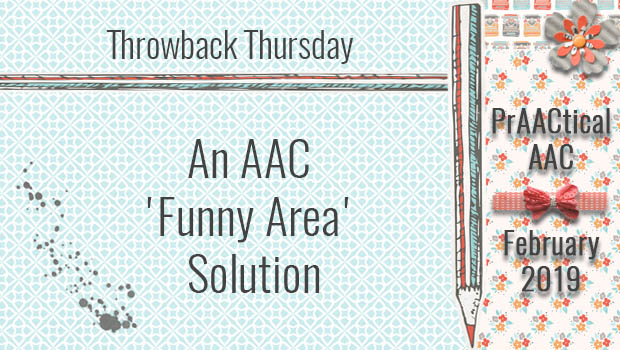
Every once in a while, we’re refreshing a blog post authored by the co-founder of PrAACtical AAC, the late Dr. Robin Parker, to share her clinical wisdom with those who may have missed it the first time around. Enjoy!
—————————————————————————————
Behavior-It’s All about Perspective: Funny Time in the Funny Area
A ‘funny area’ is not a technique or strategy you will see in a behavior or speech-language therapy textbook . But here is how we came to know and love ‘funny time’ & the ‘funny area’
. But here is how we came to know and love ‘funny time’ & the ‘funny area’
A Little Background
Tommy, a 9-year-old boy, seemed to be getting the ‘giggles’ each session. The graduate student clinician was not sure how to ‘control the situation’. Tommy typically worked hard using his SGD to build long and complex sentences for communication during natural age-appropriate activities (i.e., golf, art, and reading). But then the ‘giggles’ would start… and less and less communication was getting done. Initially, the clinician spent time redirecting Tommy. She would have him sit straight, pay more attention, and re-focus, but in the long run, it would be more about what the clinician wanted then about Tommy communicating. We prompted the graduate student to think about how more could be accomplished, what was the purpose of the giggles, and how could we make the ‘giggles’ work for us.
Here is what was developed:
‘Funny Time’ became a choice.
Anytime Tommy got the giggles, he was prompted to use language to terminate the activity he was doing and request ‘Funny Time’. Once they would use the ‘funny time’ materials, they would exaggerate the laughing and giggles. Everyone now had fun. Here are the materials and goals for ‘Funny Time’. Control was restored and we got to teach so much more.
‘Funny Area’ Materials
- 1 bean bag chair
- 1 huge ‘funny area’ Sign
- 4 plastic containers with labels and corresponding materials: Joke Books, Silly Costumes, Funny Songs & Funny Face
- 1 Microphone (dollar store variety)
- 1 ‘funny area’ sign in sheet
- 1 roll of bright pink duct tape (we thought that was a funny color)
‘Funny Time’ Goal Focus
- Terminate activities using language
- Show off
- Request new activities
- Word knowledge & vocabulary (jokes, humor, funny, comedy, etc)
- Comprehension and explanation of non-literal language (jokes)
- Literacy- joke development, signing in, etc.
PostScript- With all the work it took to do ‘Funny Time’, Tommy only asked for it once in a while…probably just when he really had to get the giggles out.
Filed under: Featured Posts, PrAACtical Thinking
Tagged With: behavior regulation, choice, emotional regulation, structure
This post was written by Carole Zangari

